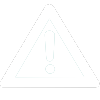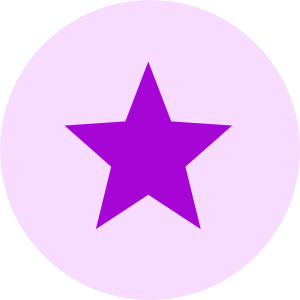Level 1
Level 2
Level 3
Level 4
Common Questions
This course is for anyone who wants to learn to draw the human head. Whether you are a total beginner or an experienced draftsperson, painter, or sculptor it pays to have solid fundamentals of head drawing and construction.
This course is comprised of four series of video lessons that were recorded and released on the NMA site separately. We decided to combine them into one master beginner head drawing course because they cover different aspects of head drawing but have a common core of construction, shape and value design and build on one another in terms of complexity. Portions of this course are included in the Frank Reilly Drawing Method and Constructive Head Drawing Courses.
We recommend doing Advanced Head Drawing course next, which builds upon the foundations laid in this course.
Next, you can branch out into head painting, head sculpting, or even movie poster design.
Sight-size is a drawing system that doesn't necessarily combine well with the constructive approaches provided in this course. If you are interested in sight-size we recommend you take that course separately and follow through it sequentially.
Although the instructors in this course have similar fundamentals there are differences in drawing emphasis, concepts, and technique. We recommend that you go through each course and do every assignment in the methodology of the instructor teaching and once you complete the course continue to experiment with these ideas. You will find that certain ideas and techniques will work well with your artistic personality and these are the lessons that you will internalize as you develop as an artist.
The Russian Academic Drawing Course dovetails nicely with this course. You can proceed to that course after this, or if you continue on to Advanced Head Drawing there are portions of the Russian Drawing Course included within it.

 UPDATE! October 1st, 2023: This version of the website will no longer receive updates. Please transition to the new website for the best experience.
UPDATE! October 1st, 2023: This version of the website will no longer receive updates. Please transition to the new website for the best experience. 




















CONNECT
New Masters Academy
16182 Gothard St
Huntington Beach, CA 92647
Contact US